How To Write A Killer Best Man Speech
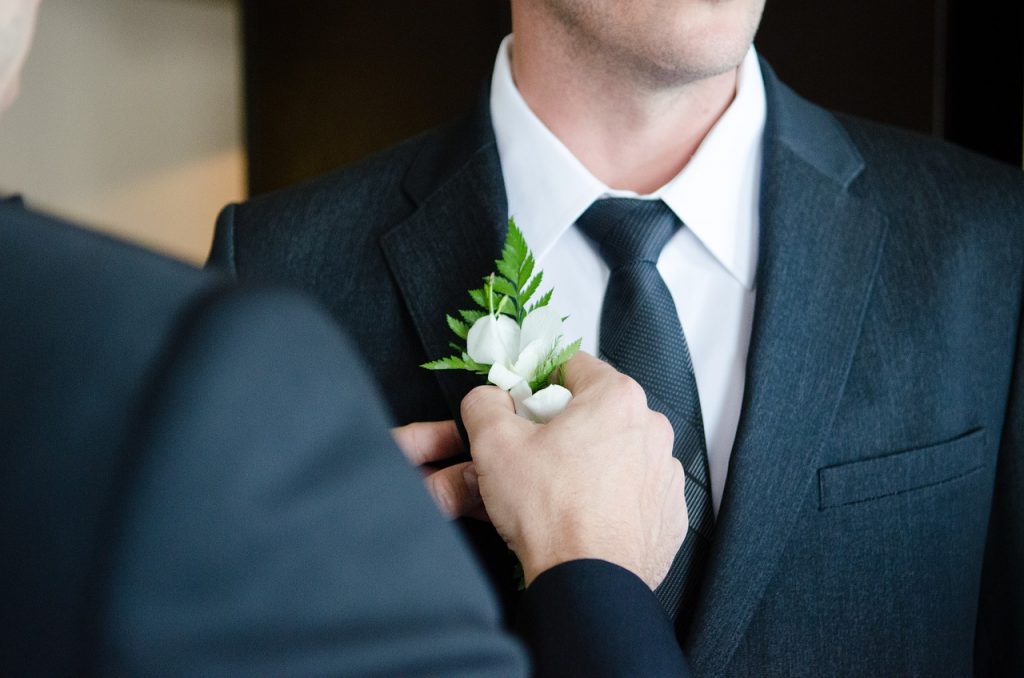
You’ve stuck by your mate through thick and thin, zipped around chasing errands, been there to soak up every rant, and thrown the best darn stag party the world has ever seen. Now it’s time to say a few words. In this article, we’re giving you some handy tips on how to nail a best […]
How To Find The Ideal Wedding Venue
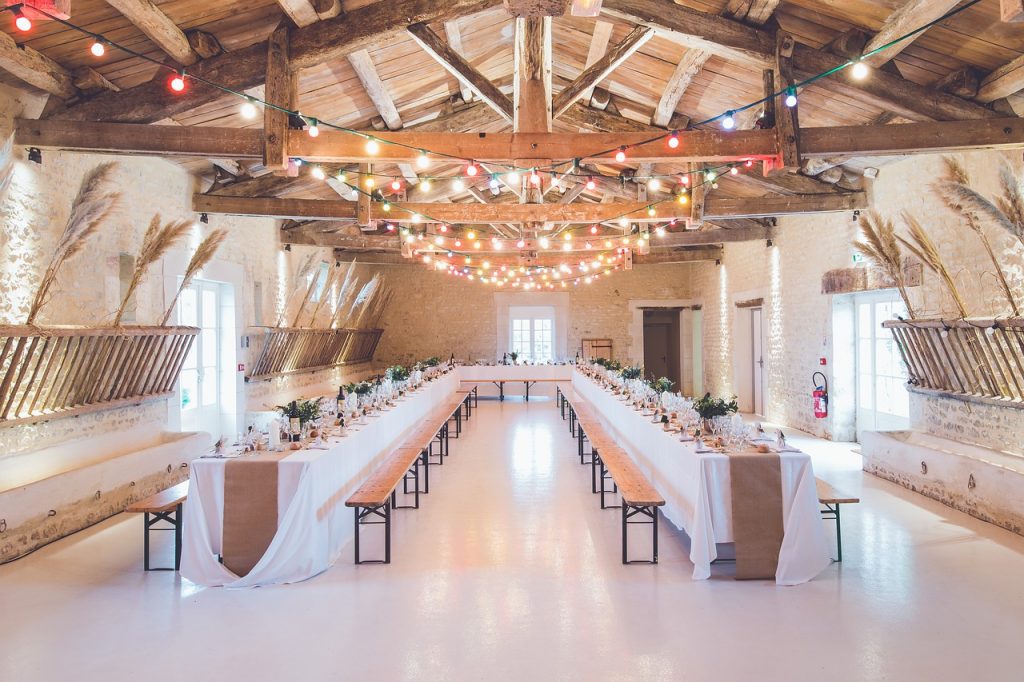
Make no mistake, landing the perfect venue can be one of the most difficult challenges of your wedding. Get it right and the whole day will swoop by like one big blissful dream. Get it wrong and you’ll spend more time than you ever would have wanted wishing you had done things differently. In this […]
Top 10 Wedding mistakes
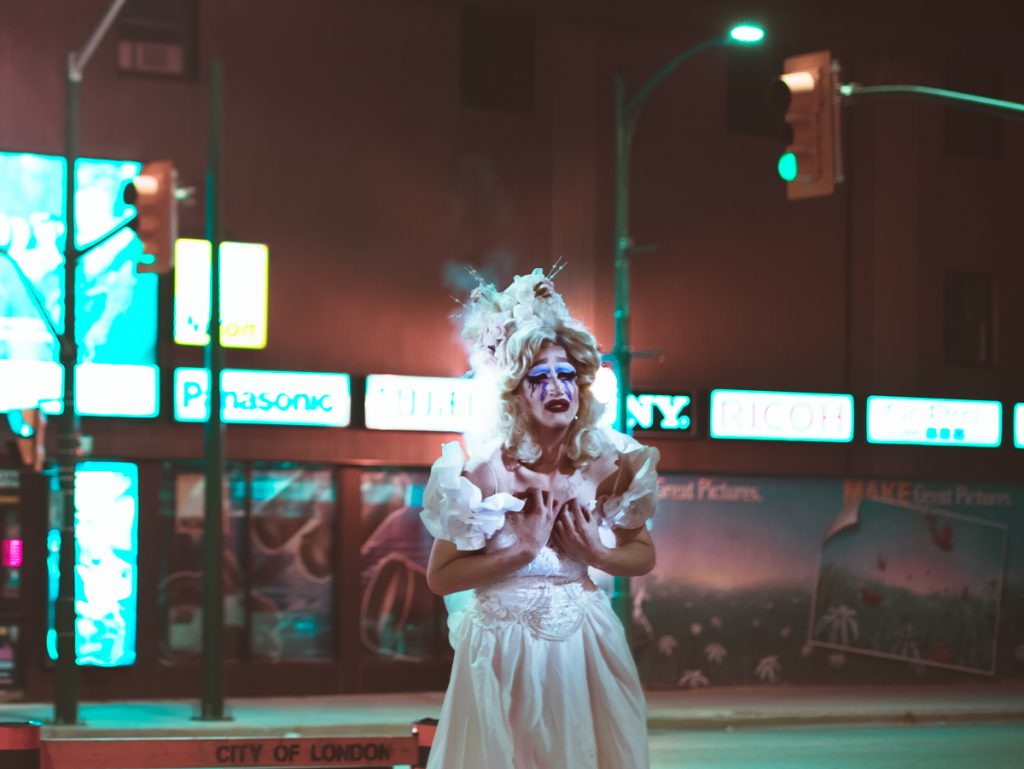
Some things are unavoidable on your wedding day like the weather and which horrific story the best man will tell. However, many risks you can mitigate before the big day arrives. Here are some handy hints… Don’t… …Blow the budget on the dress; If you have £1000 set aside for your bridal look, that doesn’t […]
How to work out how much wedding booze you need

Need to work out how much wedding booze you need? Here’s our handy guide… Most wedding receptions involve liquid refreshment. If your reception is in a venue which takes care of everything for you (such as a hotel) then all you really need to do is decide which drinks to serve, and whether you want […]
Top 10 Wedding Money Saving Tips
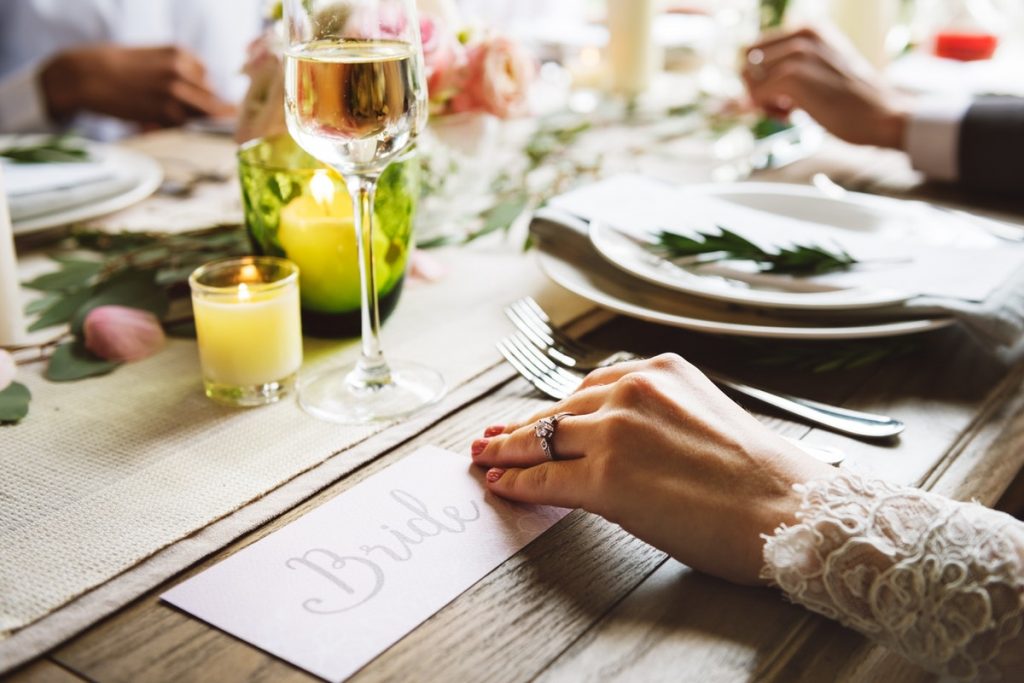
Here are our Top 10 Wedding Money Saving Tips! Whether your budget is fit for Royalty or something more down to Earth, everyone can benefit from saving a few quid on their wedding costs. Saving some spend on your big day could make the difference between a honeymoon in Barbados or Bognor, or a house […]
Wedding Seating Plan Guide
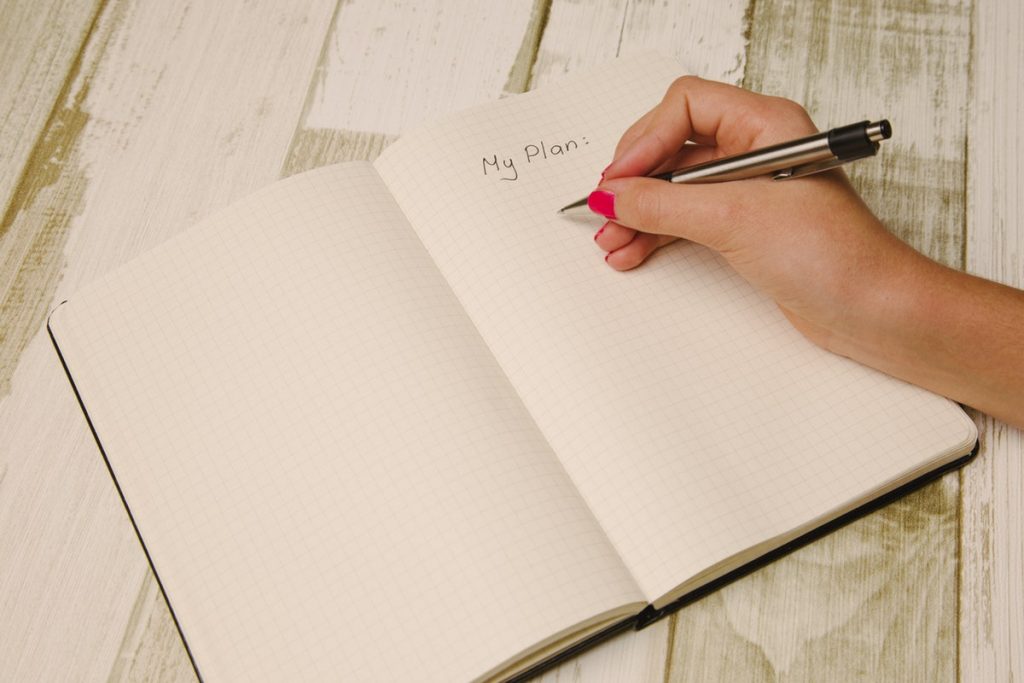
Weddings… who sits where!? Read our Wedding Seating Plan Guide to help you make sense of it all… Family, friends, and family friends: Where should they sit during your big moment? With parents, stepparents, divorced parents, grandparents, and extended family, all in attendance, you’ll need a plan. Here are our guidelines. The ceremony Taking Sides Ushers […]
Three Different Types of Wedding Ceremony
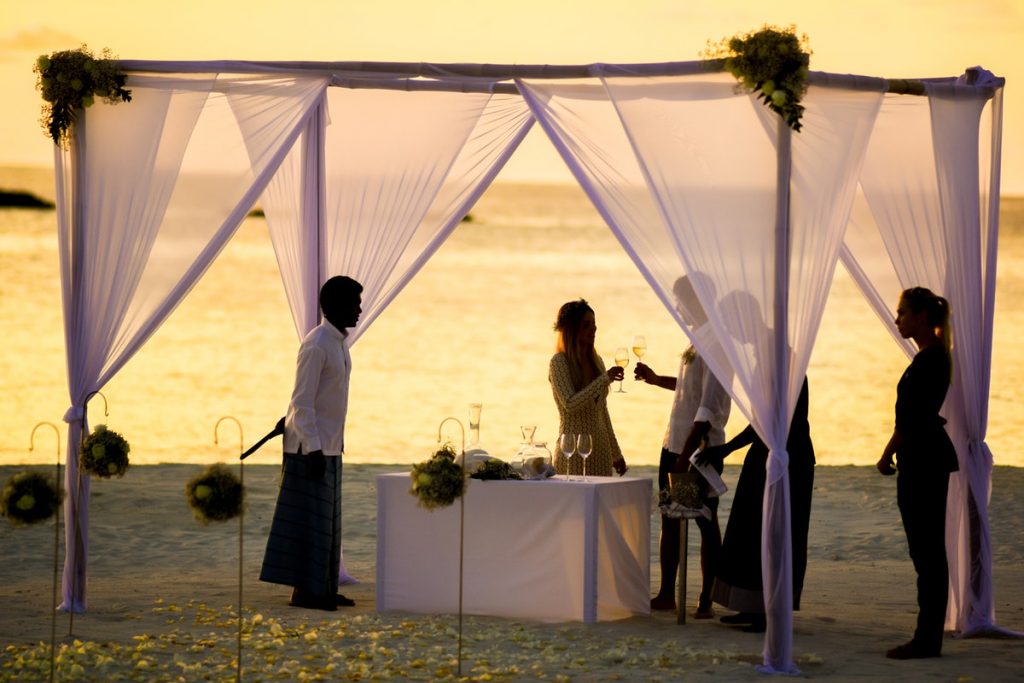
It might sound obvious but the ceremony really is what a wedding day is all about for both you and your guests. For some people the ceremony is a formality, but for others the ceremony detail is hugely important, and lots of time, effort and money is invested. It’s important that you choose the right […]
Simple guide to wedding dress styles
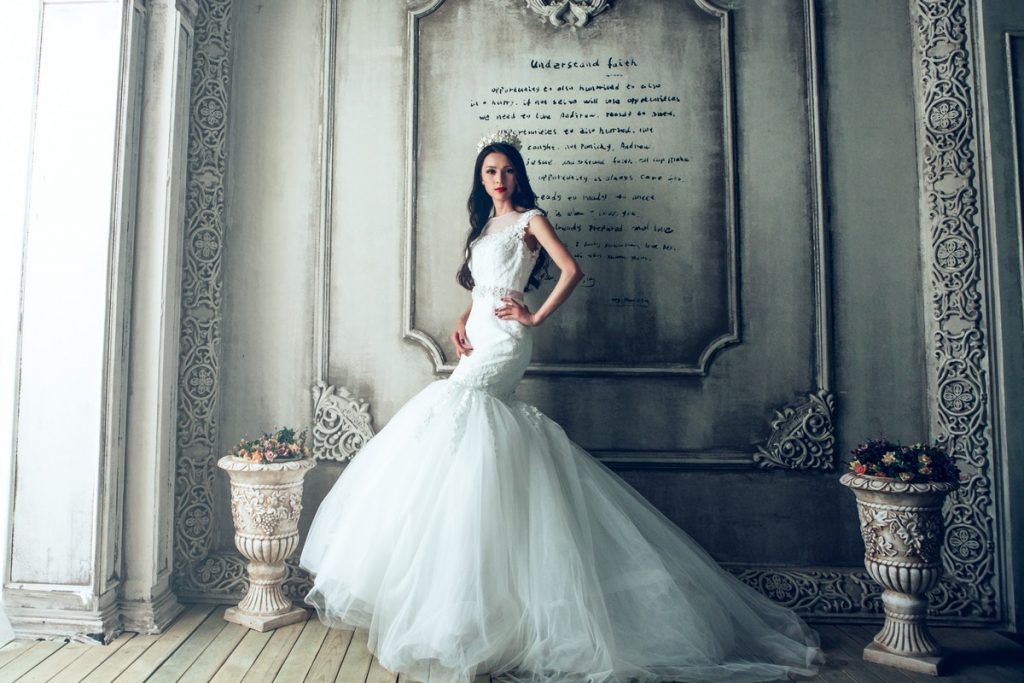
Here’s your simple guide to wedding dress styles to help you get the dress that shows you off on your big day… Ever since you were a little girl, you’ve probably had an idea in your head of your dream wedding dress. Now that dream is about to become a reality. Finding the style that […]
Average Wedding Costs

Find a handy ‘Average Wedding Cost’ guide below… On the day of a wedding, arguably no-one apart from the happy couple is under more pressure than the father-of-the bride. Not only is he expected to walk his daughter down the aisle, he also shoulders the responsibility of delivering a meaningful, yet entertaining, speech. And if […]
